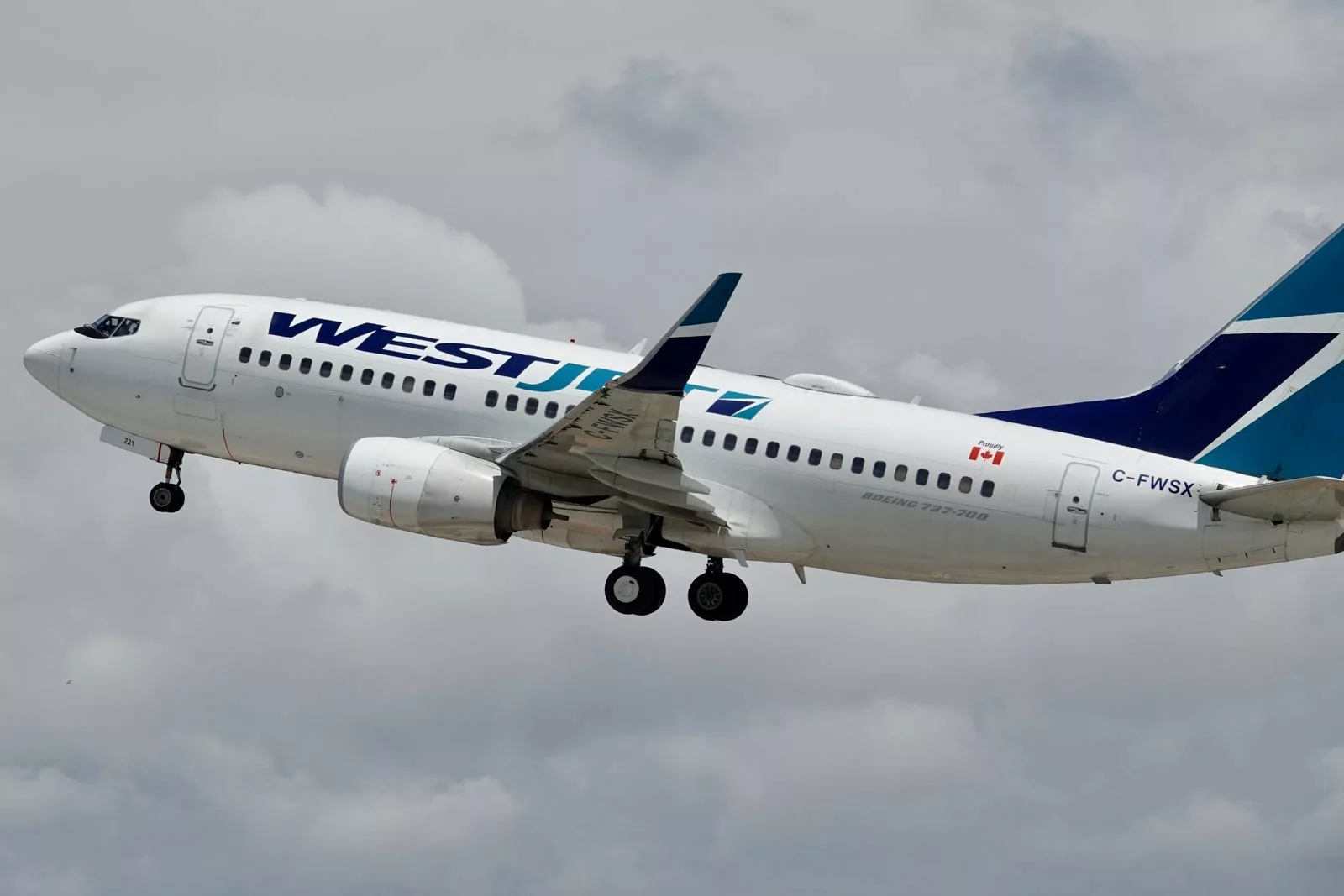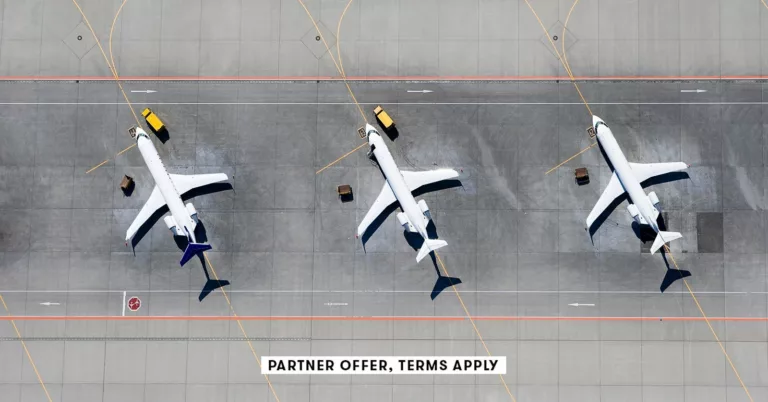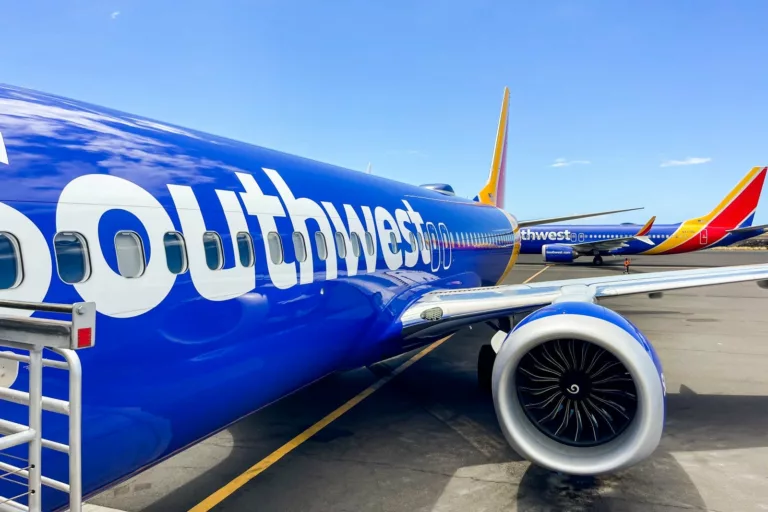WestJet Introduces No-Recline Seats to Lower Airfare Costs
Canadian airline WestJet is making headlines with its recent announcement to retrofit parts of its fleet, introducing a new cabin layout that includes a no-recline economy section and upgraded first-class seating. This initiative aims to provide budget-conscious travelers with more affordable fare options, but it comes with the trade-off of limited reclining capabilities for economy passengers—unless they opt for the pricier first-class seats.
As one of the latest moves in the competitive low-cost airline market, WestJet is not the first carrier to explore unbundled fares. The airline has been actively seeking innovative ways to attract value-seeking passengers, and the introduction of no-recline seats is a prime example of this trend.
Historically, WestJet’s all-economy-class cabins have featured a seat pitch of 30 inches, although this can vary depending on the aircraft and configuration. Earlier this year, the airline announced plans to upgrade a portion of its fleet to a new interior design. The Boeing 737 MAX 8 and 737-800 aircraft will soon include a first-class cabin, referred to as “Premium,” alongside the standard economy seating.
The first-class seats will be located at the front of the aircraft, providing passengers with spacious accommodations, full recline options, and amenities such as power outlets, tablet holders, and snack trays—similar to offerings found in premium cabins on other airlines. These seats will mirror the design of those currently available on WestJet’s Boeing 787-9 Dreamliners, ensuring a consistent look and feel across the fleet.
In the new economy cabin, which will maintain the standard 30-inch seat pitch, passengers will find that the seats are fixed in an upright position, eliminating the option to recline. According to Jennifer Booth, a spokesperson for WestJet, user testing indicated that many passengers preferred a fixed-recline seating arrangement to prevent encroachment on their personal space by fellow travelers.
This change is also aimed at reducing in-flight disputes over reclining etiquette, a common source of tension among passengers. However, some critics argue that this move is merely a strategy for the airline to boost profits.
The standard seating area is located toward the back of the aircraft, where the space becomes slightly more restricted. For those seeking more legroom, exit-row seats are included in the standard option, while “Extended Comfort” seats, positioned just behind the premium cabin, offer a pitch of 34 to 36 inches and a generous recline of 2 to 4 inches. Passengers in these seats will benefit from earlier boarding and disembarkation, as well as increased overhead bin availability.
The first aircraft equipped with the new cabin configuration is slated to enter service later this October, with plans to retrofit all 43 targeted planes by early 2026. While WestJet primarily operates within Canada, it also offers numerous flights to destinations in the United States, Mexico, and select locations in Central America and the Caribbean.
To help travelers identify the aircraft configuration for their upcoming flights, WestJet will label flights with older, all-economy configurations as “economy seating only.” Passengers who have already booked their flights can check the airline’s flight guide within 72 hours of departure, consult their check-in email 24 hours prior, or confirm details during the check-in process.
Reactions from passengers have been mixed. Some argue that reclining seats should be a thing of the past, while others express dissatisfaction over having to pay for what was once a complimentary feature.
The long-term impact of this decision remains uncertain. Airline industry analyst Henry Harteveldt has voiced skepticism about the move, labeling it one of the most misguided strategies he has encountered in his career. He believes WestJet’s decision may backfire and urges the airline to reconsider its approach in favor of strategies that genuinely attract passengers.
As the travel landscape continues to evolve, WestJet’s introduction of no-recline seats reflects a growing trend among airlines to balance affordability with passenger comfort. Travelers will need to weigh their options carefully, considering both the cost savings and the potential trade-offs in their flying experience.







